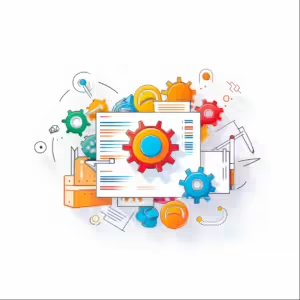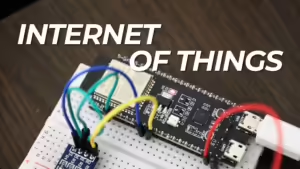Software maintenance contract: ensuring reliability and performance
A software maintenance agreement is a critical tool to ensure the continued functionality, security and efficiency of a software application. It regulates the relationship between a software provider and the customer with regard to the maintenance and updating of the software after the initial delivery. This article explains the key elements, meaning, and common provisions of a software maintenance agreement.
Key elements of a software maintenance agreement
- Scope of services: Defines the specific maintenance services, such as troubleshooting, regular updates, security patches and technical support.
- Service Level Agreements (SLAs): Determination of response and resolution times for support requests and bug fixes.
- Cost structure: Detailed description of the costs for the maintenance services, often as an annual or monthly fee.
- Availability guarantees: Assurance of a certain availability of the software and, if necessary, compensation regulations in the event of non-compliance.
- Update and Upgrade Policy: Procedure for providing software updates and upgrades.
- Data security and data protection: Measures to protect data and comply with data protection standards.
Importance of a Software Maintenance Agreement
- Long-term software reliability: Ensures that the software continues to run error-free and securely over the long term.
- Adaptation to technological developments: ensuring that the software remains compatible with current technologies and standards.
- Risk mitigation: Reduces the risk of software failures and security vulnerabilities.
- Predictable costs: Enables clear budget planning for software maintenance costs.
Usual provisions
- Duration and termination conditions: Regulations on the duration of the contract and the conditions for termination.
- Limitations of liability: Limitation of the provider's liability for possible damages.
- Intellectual Property: Provisions for dealing with copyright and intellectual property.
- Confidentiality: Agreements to protect confidential information.
Challenges and Considerations
- Choosing the right provider: It is important to choose a provider with proven experience and reliability.
- Adaptation to individual needs: The contract should be tailored to the specific needs of the customer.
- Understanding of SLAs: Clear knowledge of the agreed service levels and their implications.
Conclusion
A well-structured software maintenance agreement is a key factor in the long-term success and security of any software application. Not only does it provide the security of regular updates and technical support, but it is also an essential part of a company's risk management strategy. Through clear agreements and understandable regulations, software providers and customers can create a stable and reliable basis for their collaboration.






